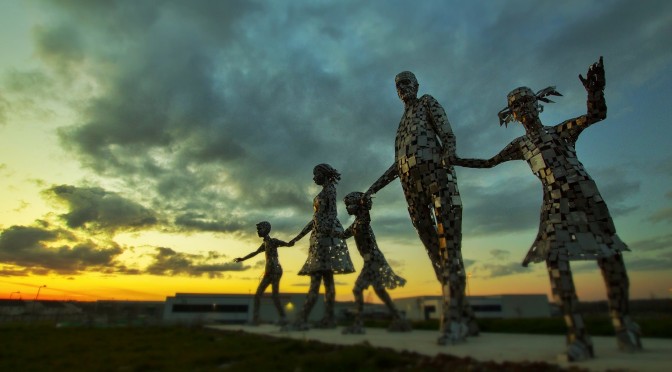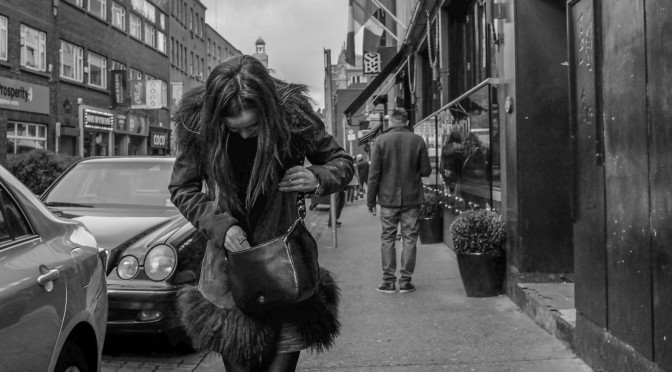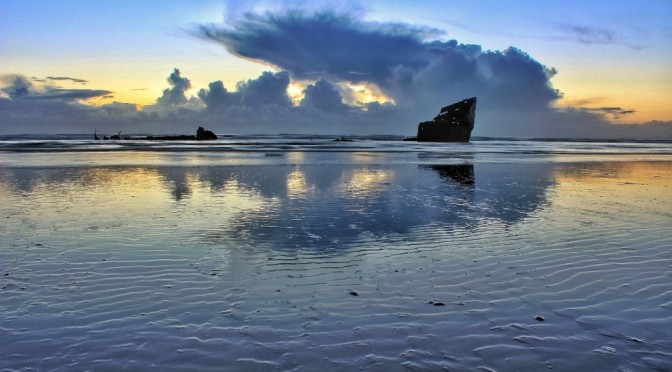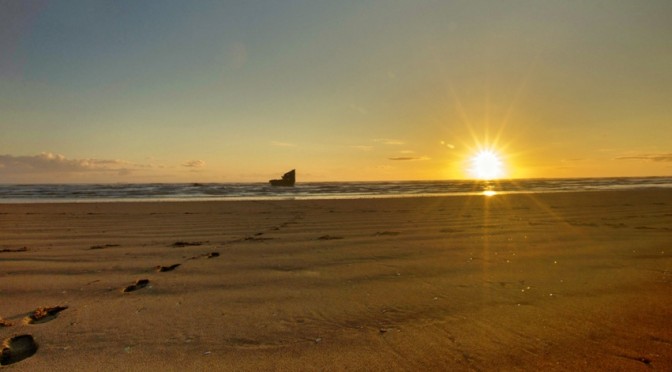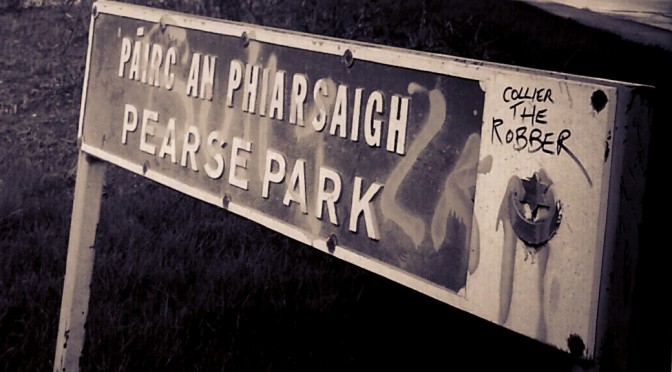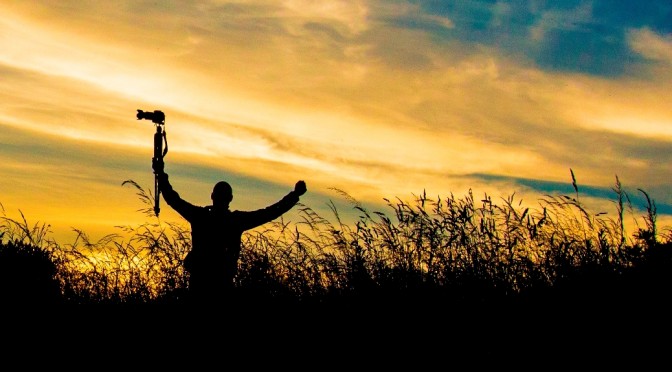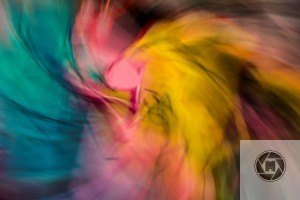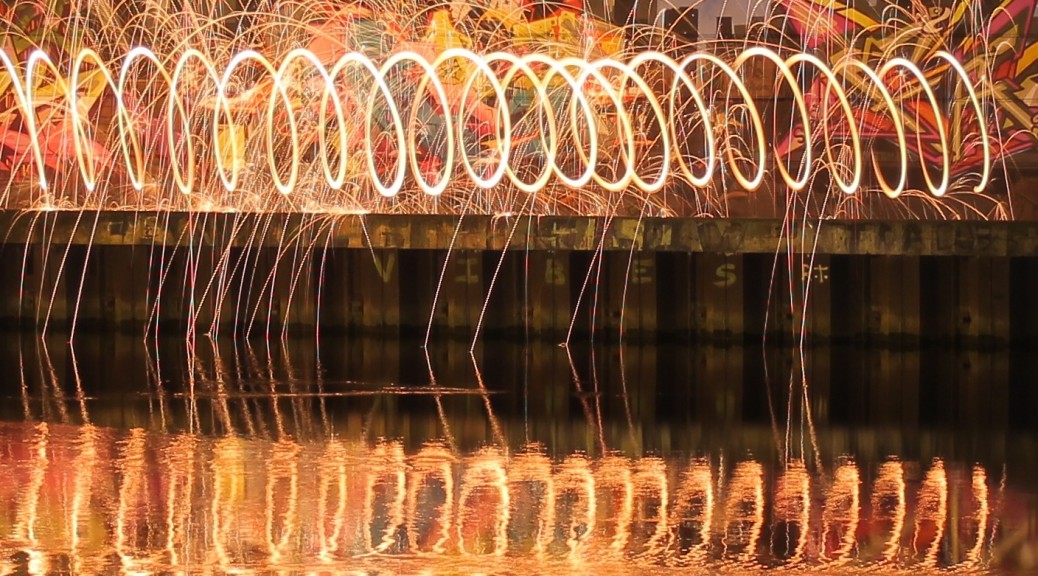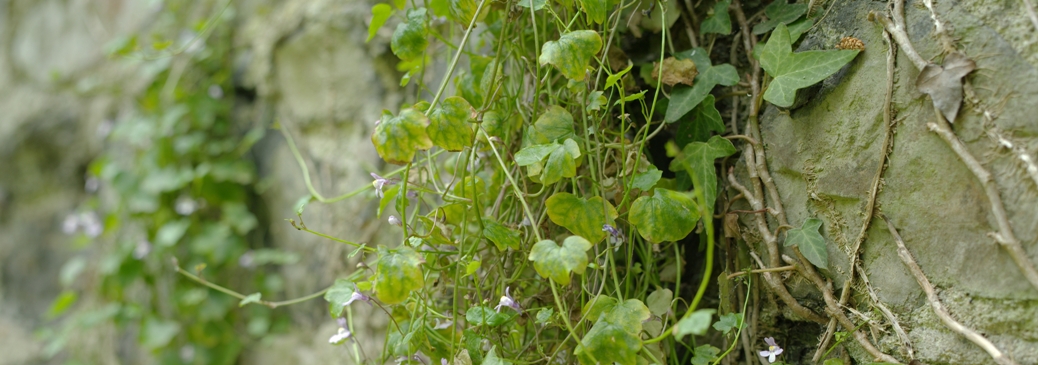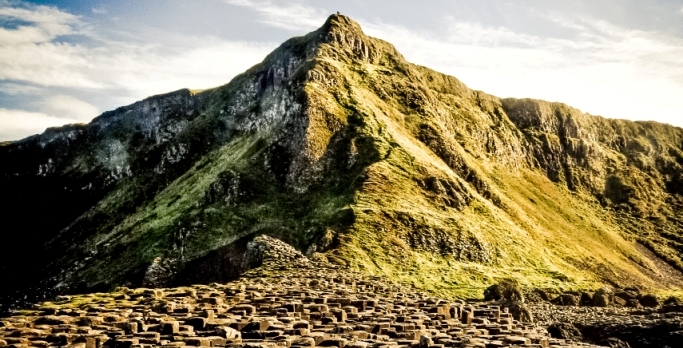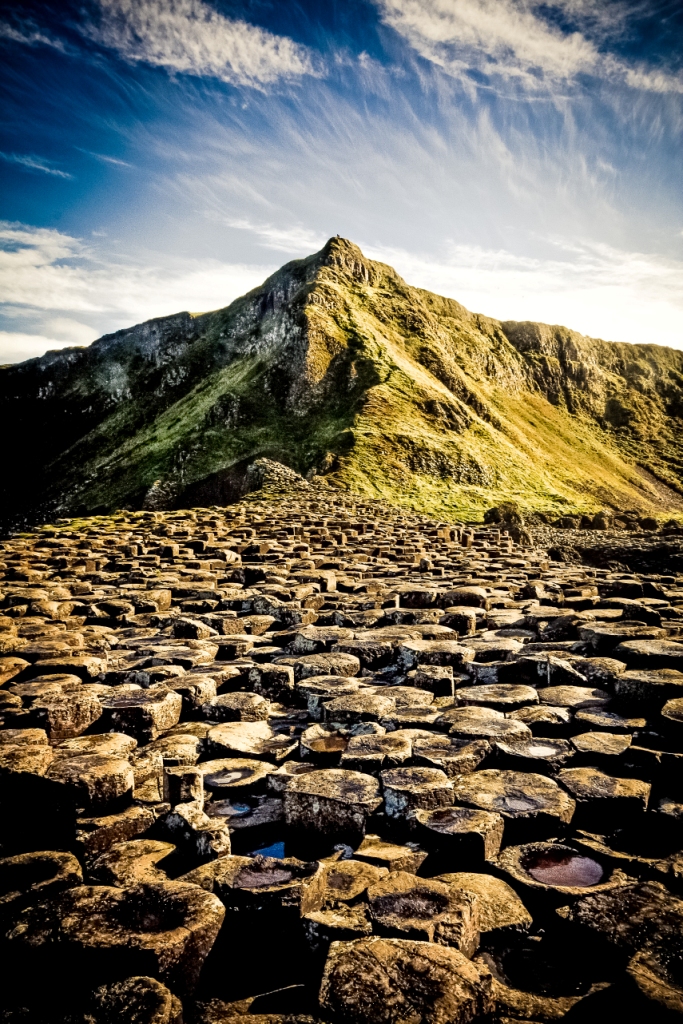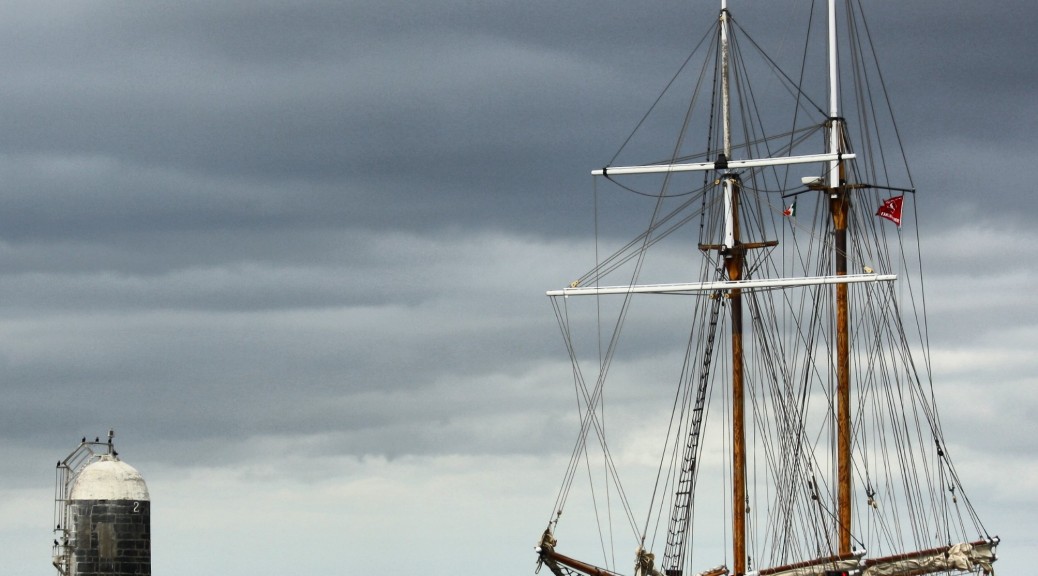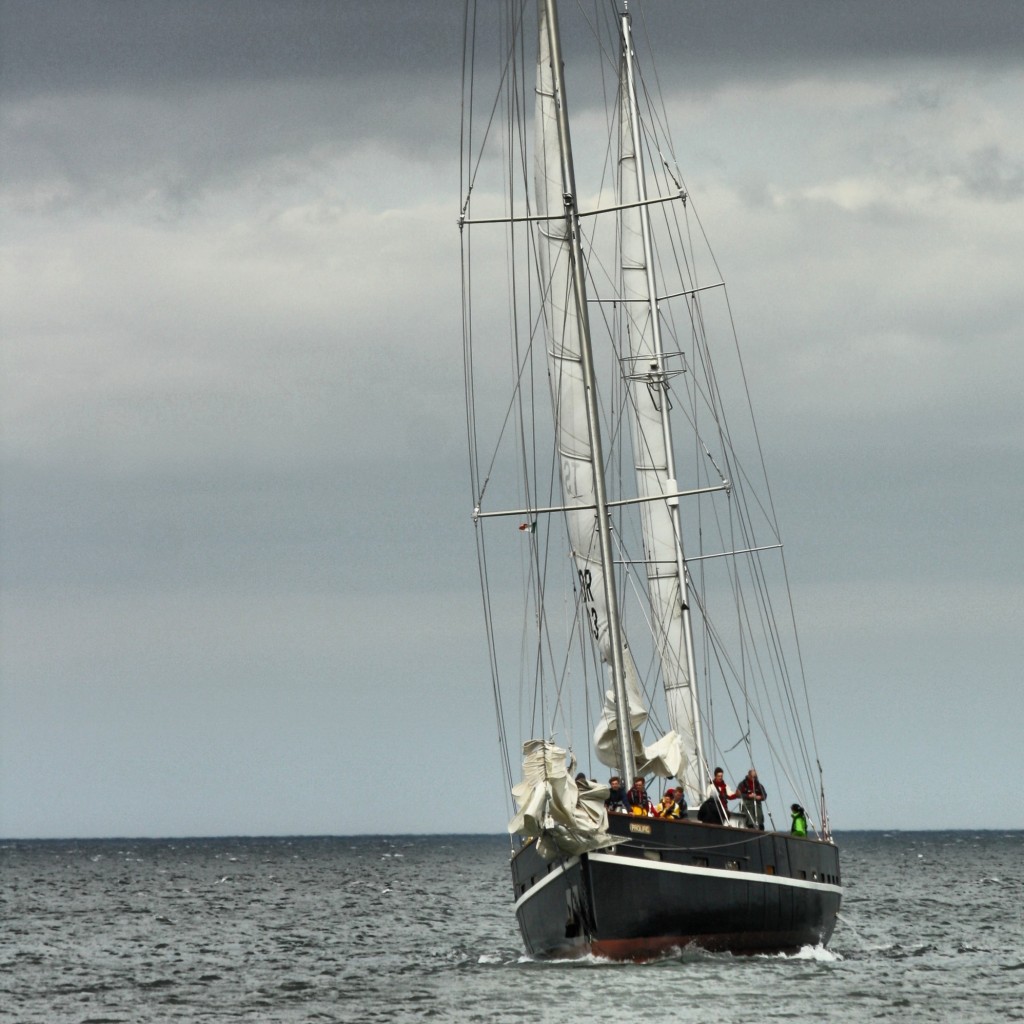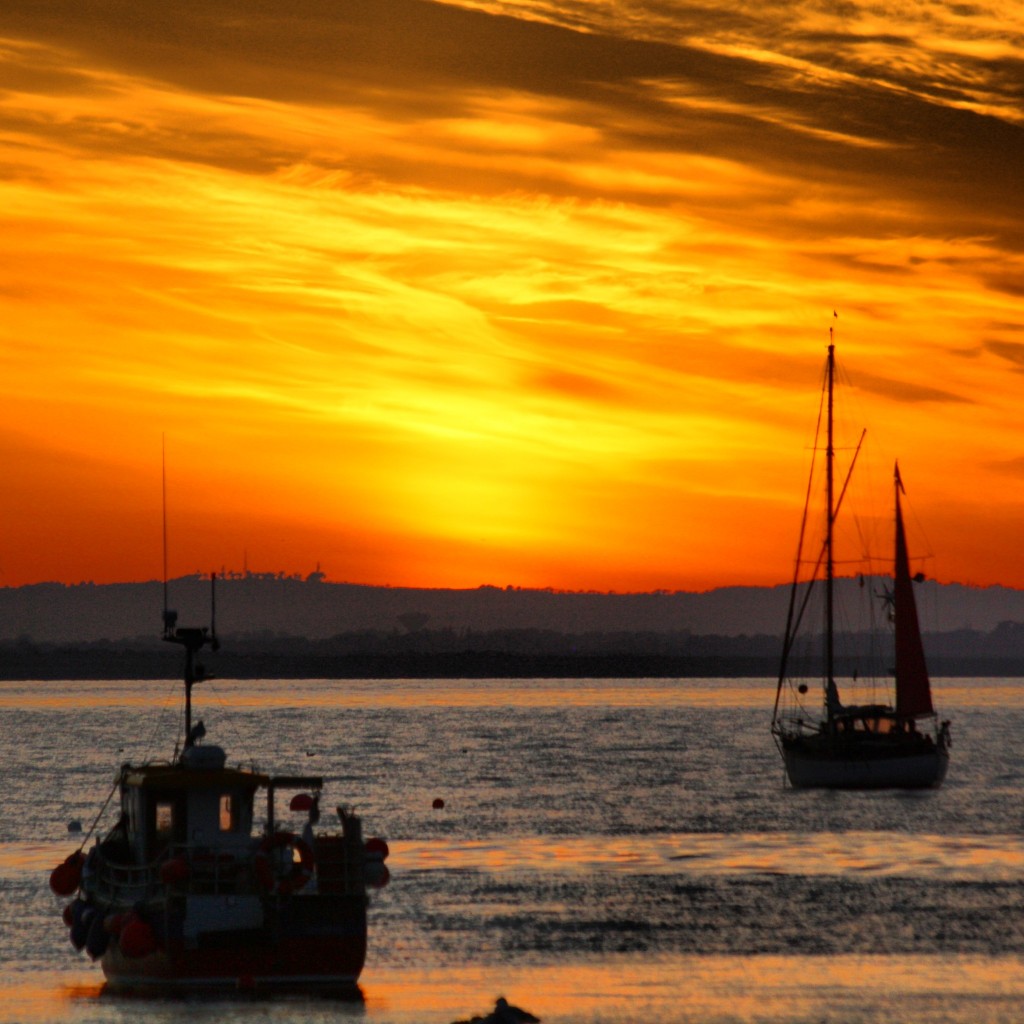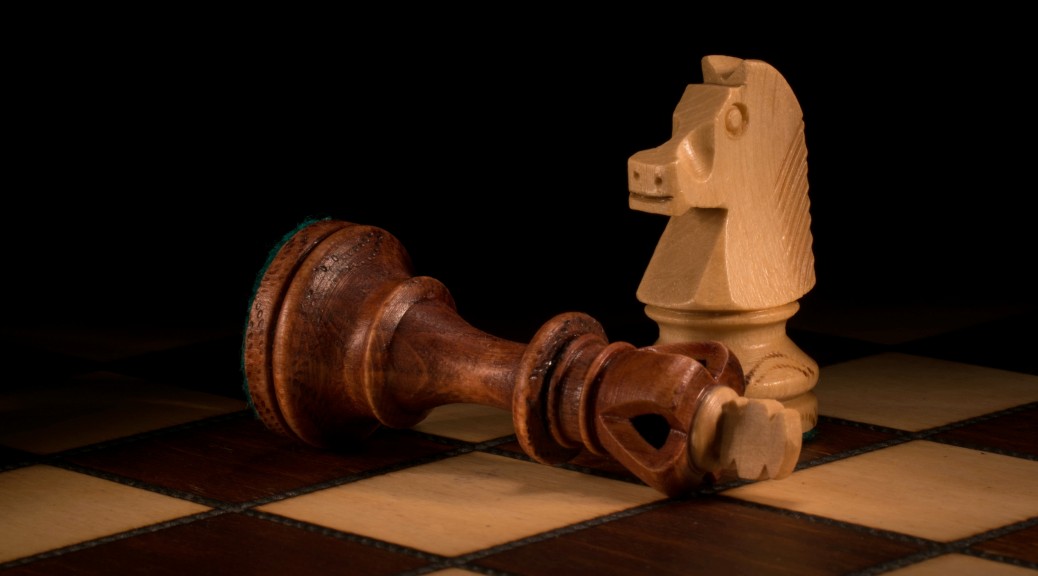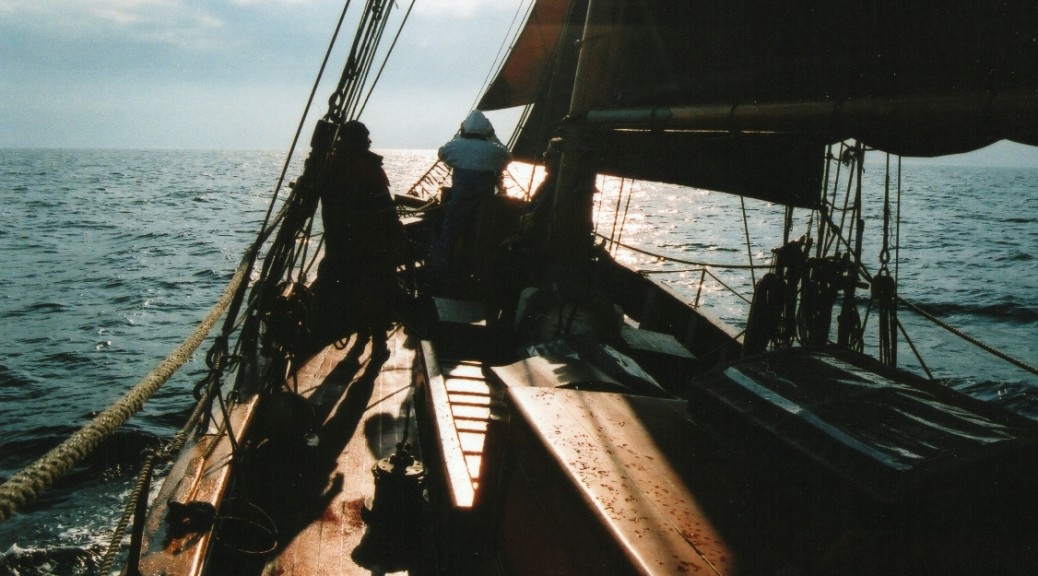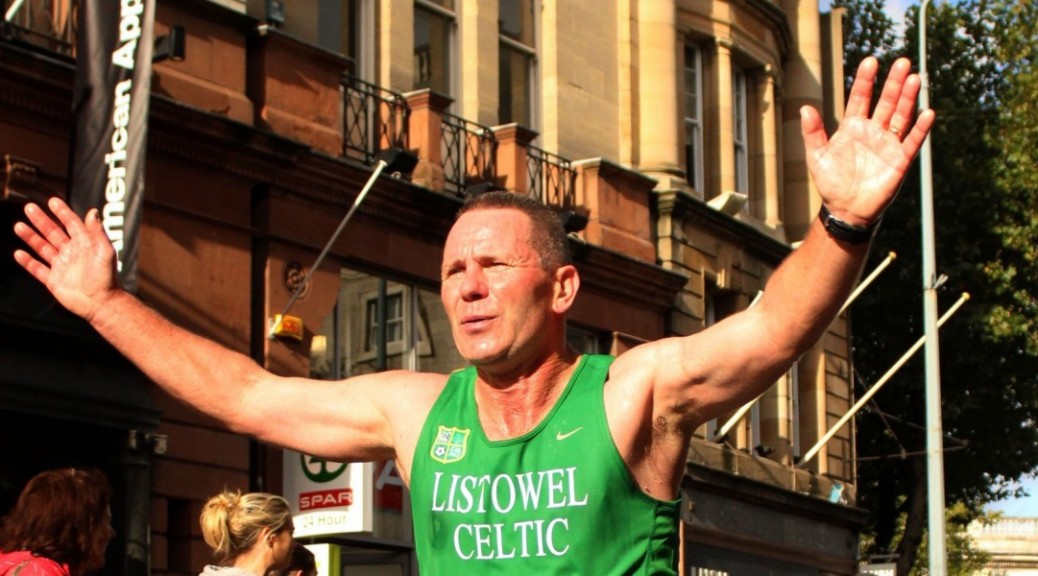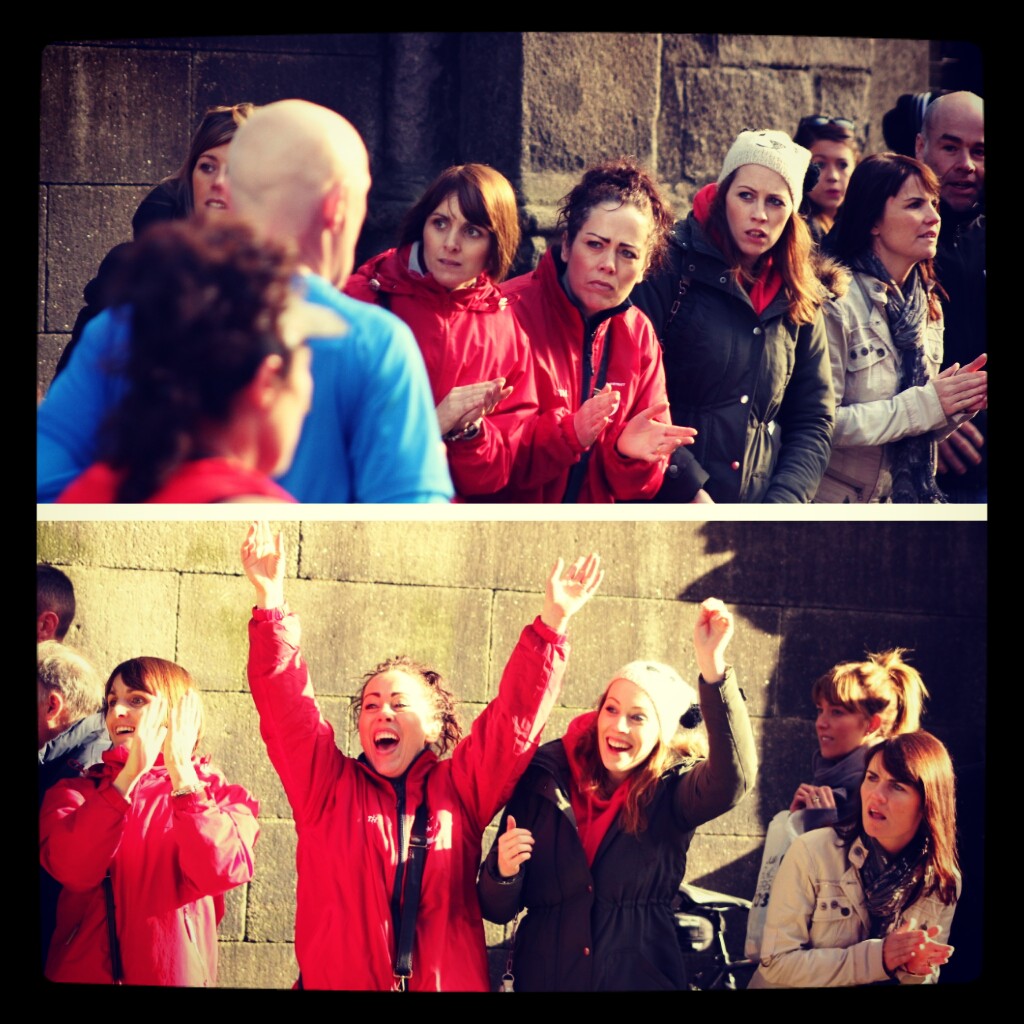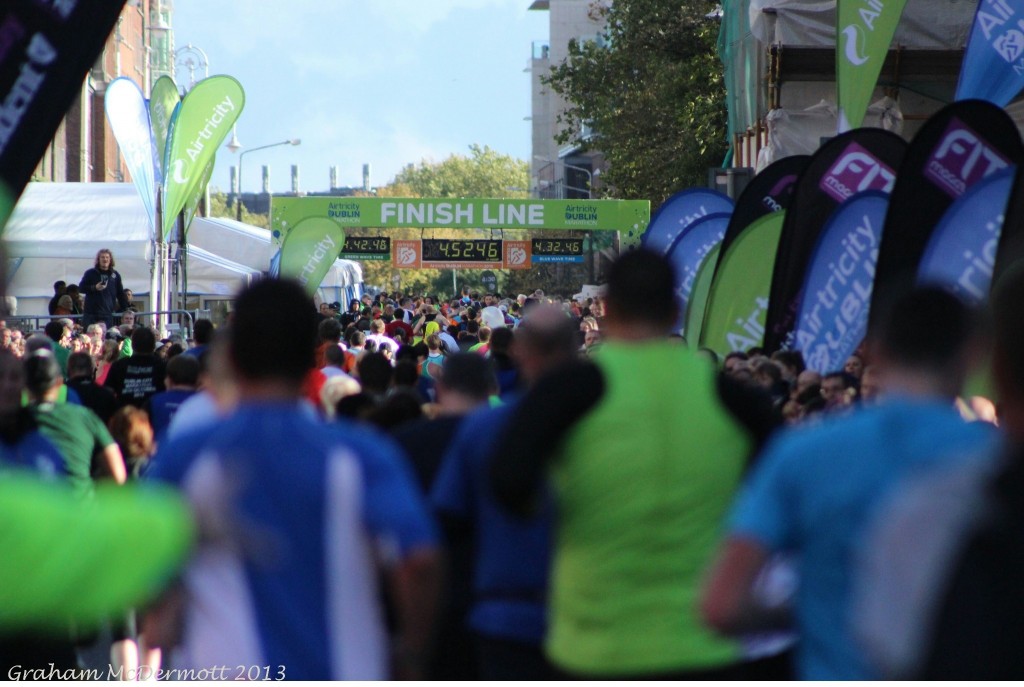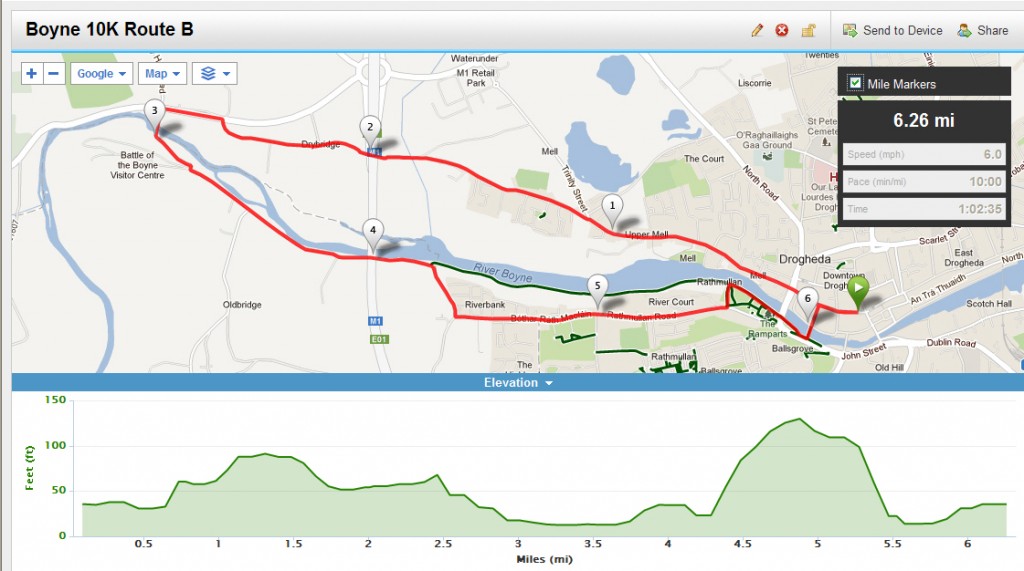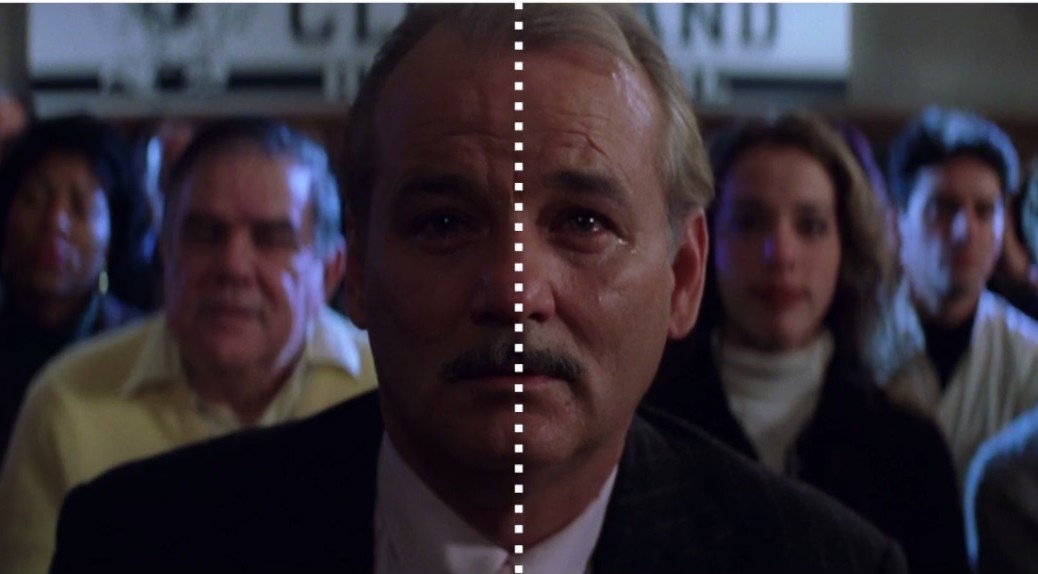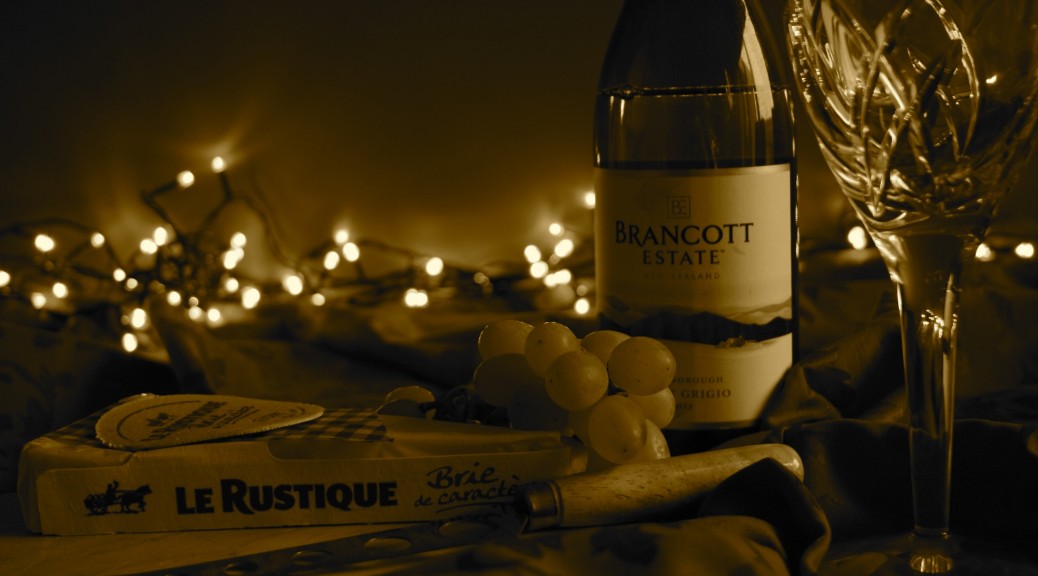When the society announced the photography competitions last year, I decided to take part in the still life competition. I had never tried still life before and was excited at the prospect of learning something new. Little did I know how much I would come to enjoy the whole process. I set up a makeshift studio in my kitchen dining area and it stayed that way for about two months. I did the photography work at the weekends, but I left the setting in place during the week. I found that each time I walked by it, I would think of different ways of placing things. The lighting that I used came from household items e.g. reading lamp, torch, fairy lights, etc.
The photographs that I eventually submitted were completely different to what I started out with. It was only after a number of weeks of photographing scenes that I wasn’t entirely happy with, that it evolved into a cheese and wine setting. For the first photograph, the decor of a local restaurant provided the inspiration for the fairy lights. I used cheese and wine that I had at home. During the project, the cheese passed its use by date, so I had to suffer with the unpleasant smell until I finished!
For the second photograph, I disposed of the smelly cheese and got a variety of cheeses from my local supermarket. I shone a torch directly down onto the cheese board and a reading lamp onto the wine bottle and glass. The reading lamp just so happened to project a shadow of the wine bottle and glass onto the wall and I thought it looked interesting, so I decided to use it in the photograph. It took quite a few attempts before I could get the angle of the light to project the shadows the way I envisaged.
Two months, almost 20 different scenes and over 300 shots later, I was absolutely thrilled that the photographs I submitted won first and second place in the competition. I felt very humbled when the announcements were made, particularly when the standard of the photographs entered by the other society members was so high.
I really enjoyed working on the still life project and became totally absorbed in it, often working at it for hours at a time. It gave me the chance to apply the technical skills I had learned during my time with the society while learning something new. Still life allows me to be creative with a scene and experiment with different settings on the camera. If something isn’t working, I can easily change it and try something new. This isn’t always possible with other types of photography, where factors such as weather and natural lighting can be more critical.
Marina Branigan
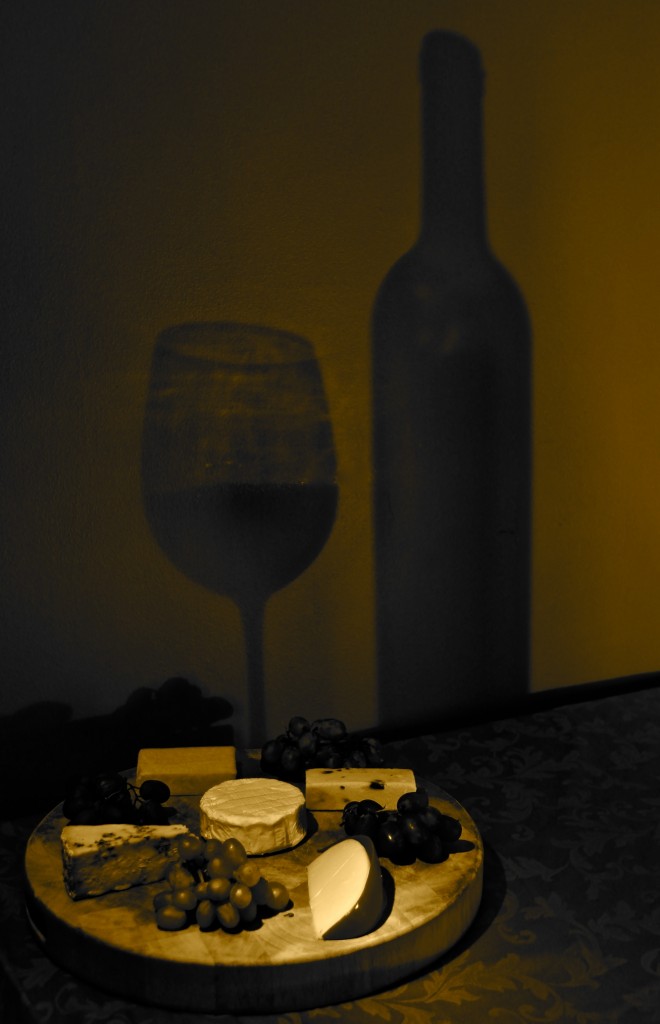
Marina Branigan – 1st prize – 2013 Higher level category – Drogheda Photographic Society
